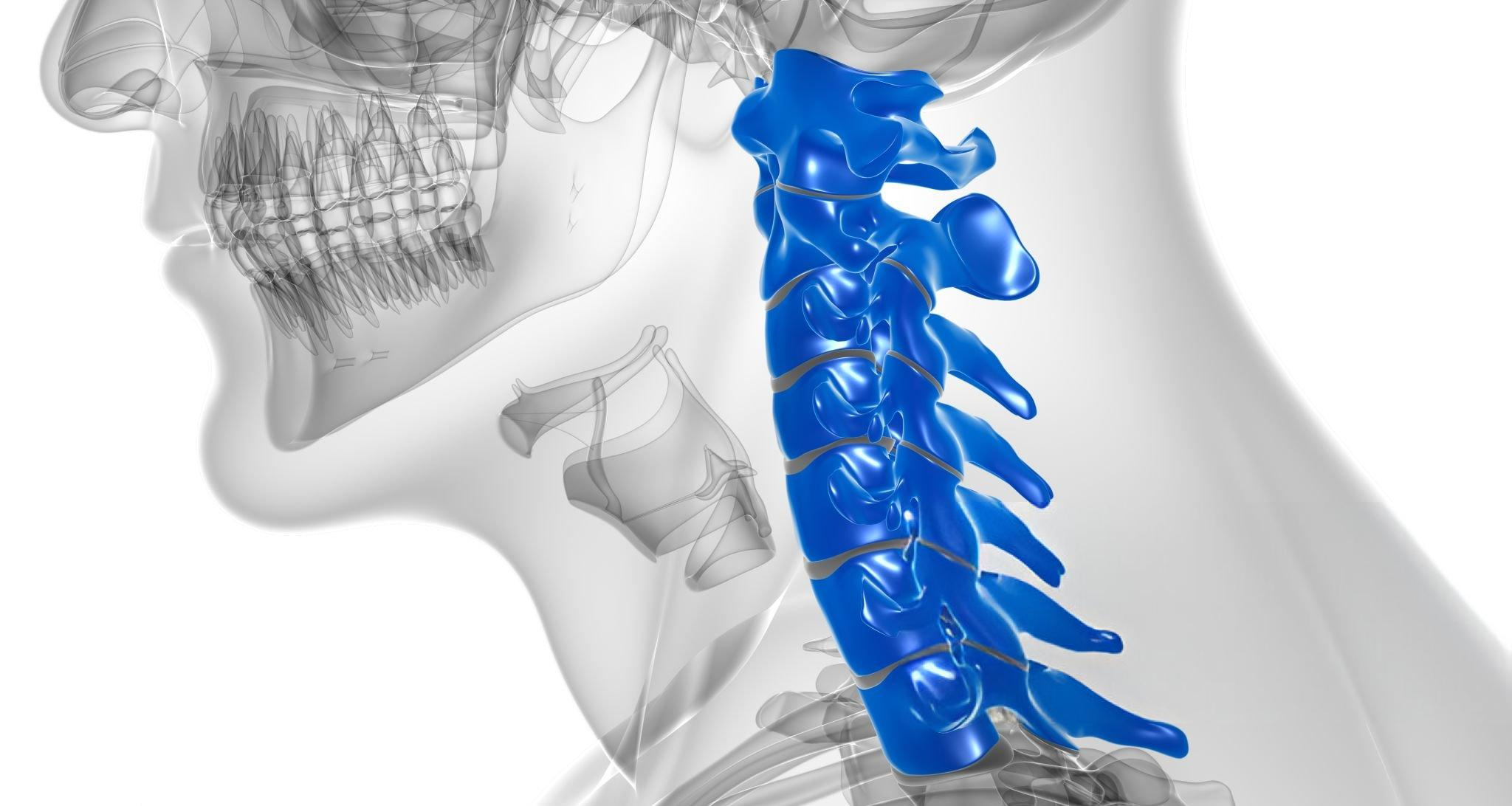Introduction
Artificial intelligence (AI) and machine learning (ML) are transforming many areas of medicine, including cervical spine surgery. These technologies have the potential to enhance diagnostic accuracy, optimize surgical planning, improve intra-operative precision, and predict patient outcomes. AI and ML applications in cervical spine surgery are destined to make a significant impact to both surgeons and patients for many years to come

Definitions
Artificial Intelligence (AI); refers to the concept of machines performing tasks typically requiring human intelligence (such as reasoning, learning, and problem-solving) Machine learning (ML): a subset of AI where algorithms learn from data to make predictions or decisions without being explicitly programmed.
Applications of AI and ML in Cervical Spine Surgery
- Diagnosis and imaging interpretation : AI algorithms can automatically detect radiographic abnormalities such as cervical disc herniations, spinal cord compression, ligamentous injuries, neoplasms, and fractures on imaging modalities such as MRI, CT and xrays with a high sensitivity rate. In addition, a “fast MRI“ method based on AI has been developed that is 4.2X faster that traditional imaging with reduced error.
- Automated segmentation of the spinal cord and vertebral bodies has been shown useful to improve pre-operative planning, especially for deformity correction.
- Advanced ML models have already been developed that can classify the severity of cervical myelopathy on imaging. New ML programs can detect even subtle intensity changes on MRI to better diagnose myelomalacia, including detecting changes that are invisible to the
human eye. - AI tools help select optimal surgical approaches (e.g., anterior versus posterior decompression) based on patient-specific anatomy and comorbidities. In addition, simulator platforms incorporating AI allow surgeons to rehearse complex cervical spine surgery in a
virtual environment. - Predictive models can assess the risk of complications (such as pseudarthrosis or adjacent segment disease) and help tailor strategies to prevent surgical complications.
- Intra-operatively, robotic systems guided by AI-enhanced navigation are improving the accuracy of cervical screw placement, particularly in posterior cervical instrumentation surgeries. Augmented reality can overlay images upon the patient’s anatomy to help visualize deep cervical anatomy during minimally invasive procedures, providing assurance to the surgeon as to the location of vital structures. (See related articles on this website). In addition, AI-driven tools are being developed for realtime feedback on instrument positioning and the adequacy of decompression
- Post-operative applications include utilization of ML algorithms to predict which patients are more likely to benefit from surgery versus continued conservative management. AI can also identify early signs of hardware failure, nonunion, or recurrent stenosis on postoperative imaging. Likewise, predictive analytic models can assess progress related to functional recovery, opioid use, and efforts related to return-to-work. Ninety-day morbidity and mortality rates after operative and nonoperative management of spinal epidural abscesses have been shown to be accurately predicted by ML AI.
- Research and clinical trials will benefit greatly from AI. AI facilitates large-scale dataanalysis from electronic health records, accelerating research in cervical spine surgeryoutcomes and techniques. For example, with appropriate data, surgeons are able to use genetic characteristics to predict patient outcomes after surgery. Using natural languageprocessing (NLP), valuable clinical insights from unstructured clinical notes and operativereports can be readily extracted
Advantages of AI and MI Integration
- Increased diagnostic accuracy and earlier disease detection.
- Greater surgical precision and reduced intra-operative errors.
- Enhanced ability to monitor patients post-operatively with the ability to better tailor rehabilitation strategies.
- Personalized surgical planning and risk stratification.
- Data-driven decision making which drives improved quality and efficiency of care.
Challenges and Current Limitations of AI and ML
- Cost and integration: high cost of implementation currently exists, with difficulty in seamless integration into existing hospital computer systems.
- Surgeon acceptance: skepticism remains among surgeons about fully trusting machine recommendations over clinical judgments
- Data quality: AI derived data is only as good as the data on which it is trained; biases or errors in data are a source of flawed predictions
- Regulatory and ethical issues: patient privacy, informed consent, and liability issues in AI-driven decision-making remain under debate.
Future Directions
- AI-Enhanced robotics; more autonomous and intelligent surgical robots will inevitably be developed with time
- Explainable AI; developing AI models that can provide understandable reasoning logarithms for their recommendations will be a focus of future development.
- Global collaboration: shared, anonymized cervical spine surgery data across institutions will also allow enhanced model robustness and generalizability
- Continuous learning systems: AI platforms are being developed that adapt and improve with accumulating surgical experience and patient data.
- Another future application of AI would allow surgeons to more effectively perform operations remotely. Using AI, the remote tools performing the surgery could be programme to anticipate the surgeons’ movements, essentially eliminating the inherent delay that currently accompanies today’s remote surgical systems.
Conclusions
At present, AI and ML are two of the leading forces that are rapidly reshaping the field of cervical spine surgery, offering opportunities to improve every step of the patient experience from diagnosis to recovery. While challenges remain with regard to implementation, regulation, and clinician trust, it is vitally certain that AI will become an indispensable tool along with surgical skill, decision-making, and experience. ML models have already been shown to improve spine surgery outcomes, decrease costs for both hospitals and patients, and reduce potential risks. Spine surgeons will need to embrace and participate in the development of these technologies to deliver safer, more precise, and more personalized care.
If you or a loved one has been recommended for cervical spine surgery and has any questions, a second opinion is always a good idea. Call us today if we can be of assistance at 1-855-854-9274 — ask about our Free MRI Review!





